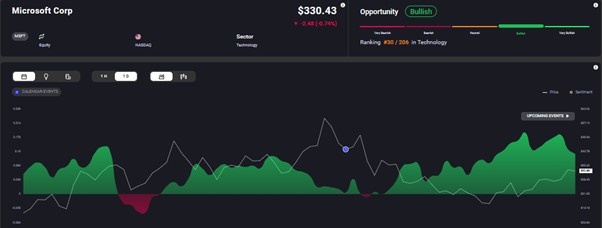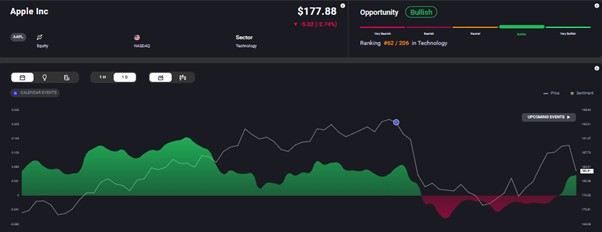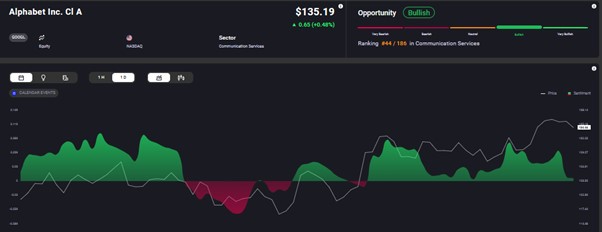What’s the Bottom-Line?
Higher rates sent jitters in the stock markets. But the Fed’s rate hikes will unlikely be a nail in the coffin for US businesses. Firstly, they were not the sole perpetrators. Corporate margins were shaved off by global supply challenges translating to higher shipping costs and the Russia-Ukraine war, which led to elevated oil prices. This means companies may begin reporting margin expansion with the easing of supply chain bottlenecks and oil-led inflationary pressures.
Yes, high interest rates are detrimental to margins. Then again, that is not the complete picture. Rates were hiked to rein in inflation, which skyrocketed in part due to soaring corporate profits. Thanks to the government’s decision to dole out money to households during the pandemic, coupled with rock bottom interest rates, businesses recorded fat margins and raked in huge profits for almost two years. From 1979 to 2019, growth in US corporate profits averaged a little over 11%. Between Q2 of 2020 to Q4 of 2021, corporate profits grew by a jaw-droppingly 54%. And corporate profit margins hit a 100-year high. US companies exited 2021 with profits after tax of a whopping $2.8 trillion, versus $2 trillion pre-pandemic.
While there’s no slam dunk with elevated interest rates, most sectors will experience margin expansion as inflation recedes, provided the Fed doesn’t go overboard and drive the US economy into recession.


